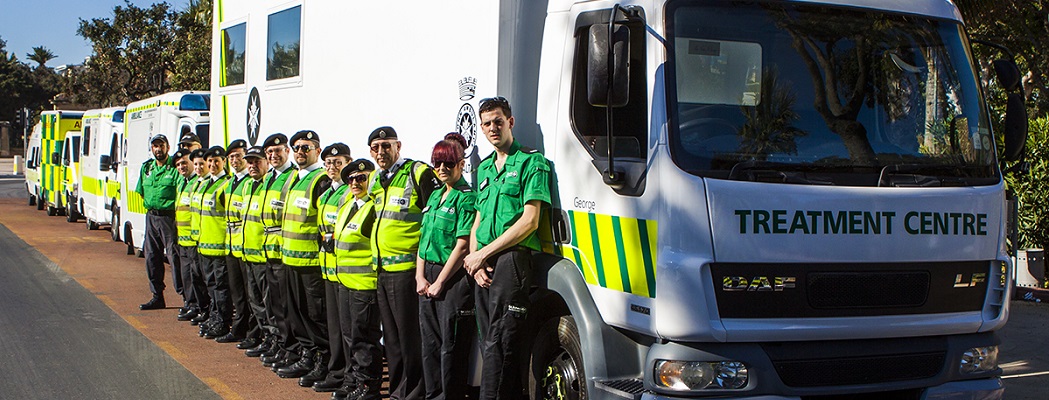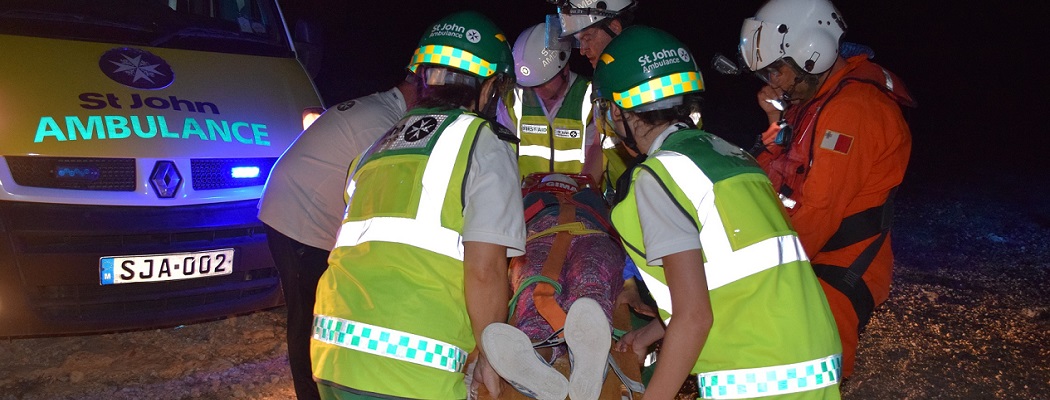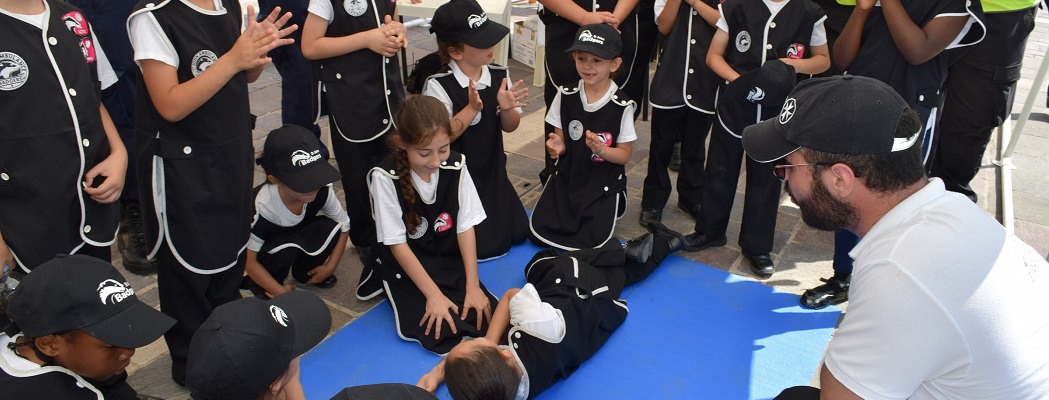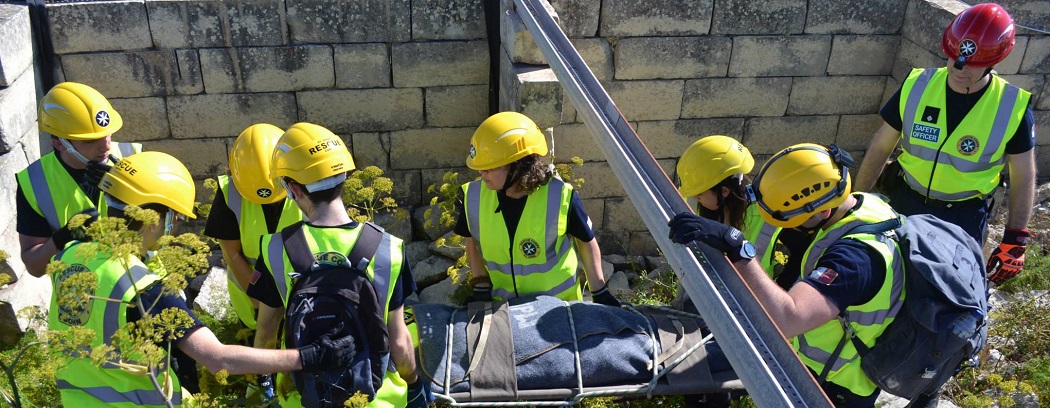These first aid tips are no substitute for thorough knowledge of first aid.
Attend a St John Ambulance First Aid Course.
A seizure – also called a convulsion or fit – consists of involuntary contractions of many muscles in the body.
The condition is due to a disturbance in the electrical activity of the brain. Seizures usually result in loss or impairment of consciousness.
The most common cause is epilepsy. Other causes include:
- Head injury
- Some brain damaging diseases
- Shortage of oxygen or glucose in the brain
- The intake of certain poisons including alcohol.
Epileptic seizures are due to recurrent, major disturbances of brain activity. These seizures can be sudden and dramatic. Just before a seizure, a casualty may have a brief warning period (aura) with, for example, a strange feeling or a special smell or taste.
No matter what the cause of the seizure, care must always include maintaining an open, clear airway and monitoring the casualty’s vital signs – level of response, pulse and breathing. You will also need to protect the casualty from further harm during a seizure and arrange appropriate aftercare once they have recovered.
Recognition Features
General recognition features are:
- Sudden unconsciousness
- Rigidity and arching of the back
- Convulsive movements.
In epilepsy the following sequence is common:
- The casualty suddenly falls unconscious, often letting out a cry.
- They become rigid, arching his back.
- Breathing may cease. The lips may show a grey-blue tinge (cyanosis) and the face and neck may become red and puffy.
- Convulsive movements begin. The jaw may be clenched and breathing may be noisy. Saliva may appear at the mouth and may be blood-stained if the lips or tongue have been bitten. There may be loss of bladder or bowel control.
- Muscles relax and breathing becomes normal; the casualty recovers consciousness, usually within a few minutes. They may feel dazed or act strangely. They may be unaware of their actions.
- After a seizure, the casualty may feel tired and fall into a deep sleep.
Your aims
- To protect the casualty from injury
- To give care when consciousness is regained
- To arrange removal of the casualty to hospital if necessary.
Treatment
- If you see the casualty falling, try to ease the fall
Make space around them; ask bystanders to move away.
Remove potentially dangerous items, such as hot drinks and sharp objects
Note the time when the seizure started
If possible, protect the casualty’s head by placing soft padding underneath it
Loosen clothing around the neck.
When the seizure has ceased
- Open the airway and check breathing
- Be prepared to give rescue breaths and chest compressions.
- Place them into the recovery position if the casualty is unconscious but breathing normally
- Monitor and record vital signs – level of response, pulse and breathing
- Note the duration of the seizure.
Caution
- Do not move the casualty unless they are in immediate danger.
- Do not put anything in their mouth or use force to restrain them.
If any of the following apply, dial 112 for an ambulance.
- The casualty is unconscious for more than 10 minutes.
- The seizure continues for more than 5 minutes.
- The casualty is having repeated seizures or having their first seizure.
- The casualty is not aware of any reason for the seizure.






